Kitti's Hognosed Bat SNSH
The bumblebee bat ( Craseonycteris thonglongyai ), also known as Kitti's hog-nosed bat, is an endangered species of bat. It is the only member of the family Craseonycteridae. It occurs in western Thailand and southeast Burma. It usually lives in limestone caves along rivers.

Kitti's hognosed bat aka Bumblebee bat occurs in western Thailand and southeast Burma, where
The Kitti's Hog Nosed Bat is the smallest mammal in the world by length. They are sometimes referred to as bumblebee bats due to their tiny size. This tiny bat is native to Thailand and Burma, where it lives in limestone caves along rivers. A colony of these bats can very widely, ranging from 10 to 500 individuals. Share

Kitti's HogNosed Bat or Bumblebee Bat Bumblebee bat, Bat species, Mammals
The smallest bat, and arguably the smallest extant mammal, is Kitti's hog-nosed bat, which is 29-34 millimetres ( 11⁄8 - 13⁄8 inches) in length, 150 mm (6 in) across the wings and 2-2.6 g ( 1⁄16 - 3⁄32 oz) in mass.
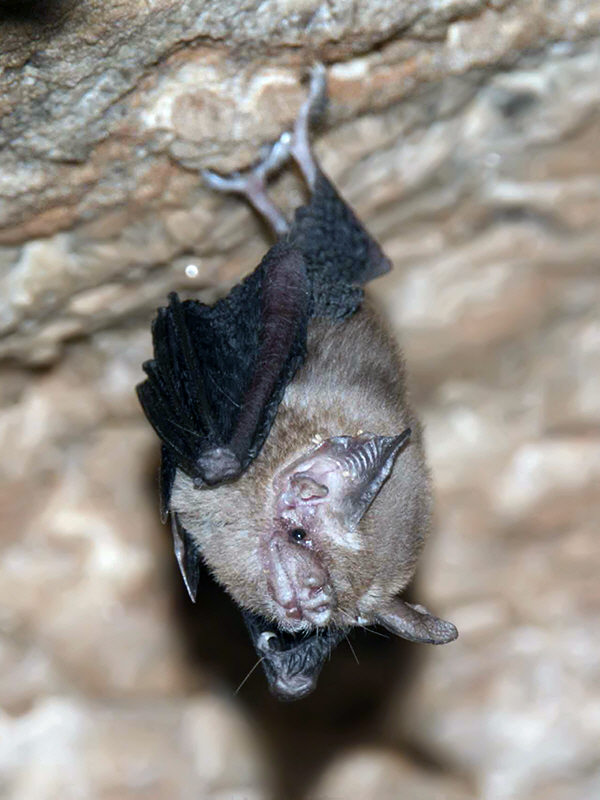
Kitti's Hognosed Bat Craseonycteris thonglongyai
Also known as kitti's hog-nosed bat, very little is known about the lifespan and breeding behaviors of bumblebee bats. Based on similar species, researchers estimate they live between five and 10 years. They are thought to have one offspring once a year and breed in late April. Social Structures

Kitti's hognosed bat (Craseonycteris thonglongyai) ZooChat
Length: From 1.125 inches (Kitti's hog-nosed bat) to 5 ft 7 inches (Flying fox) More Facts About Bats Our top 10 favorite. Get the facts Meet the Bat There are 1,100 species of bats worldwide, making up a quarter of the world's mammals. There are 40 species of bats in the United States alone.
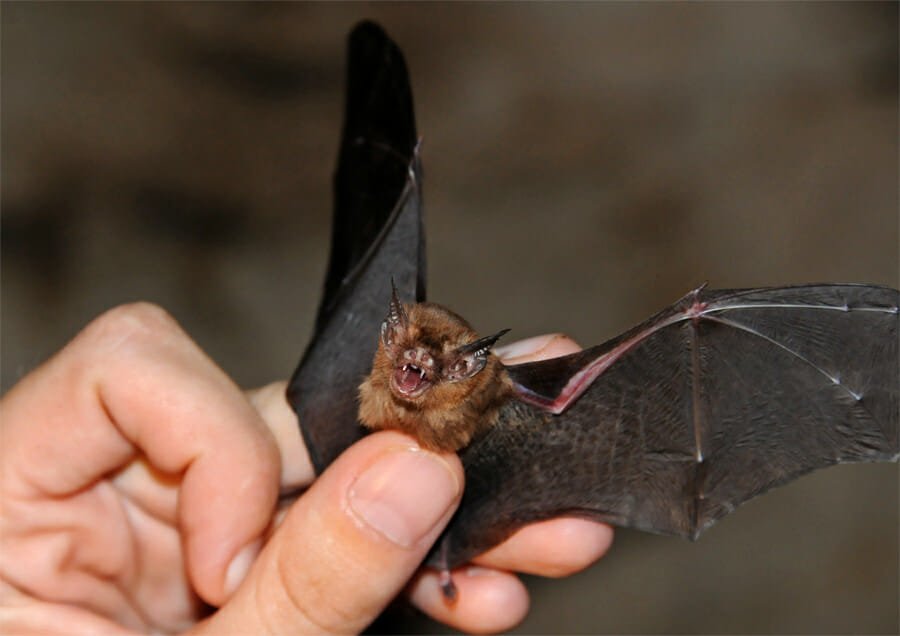
Kitti’s Hognosed bat and other wildlife of rural Thailland
Walter Ian Lipkin (born November 18, 1952) is the John Snow Professor of Epidemiology at the Mailman School of Public Health at Columbia University and a professor of Neurology and Pathology at the College of Physicians and Surgeons at Columbia University. He is also director of the Center for Infection and Immunity, an academic laboratory for microbe hunting in acute and chronic diseases.
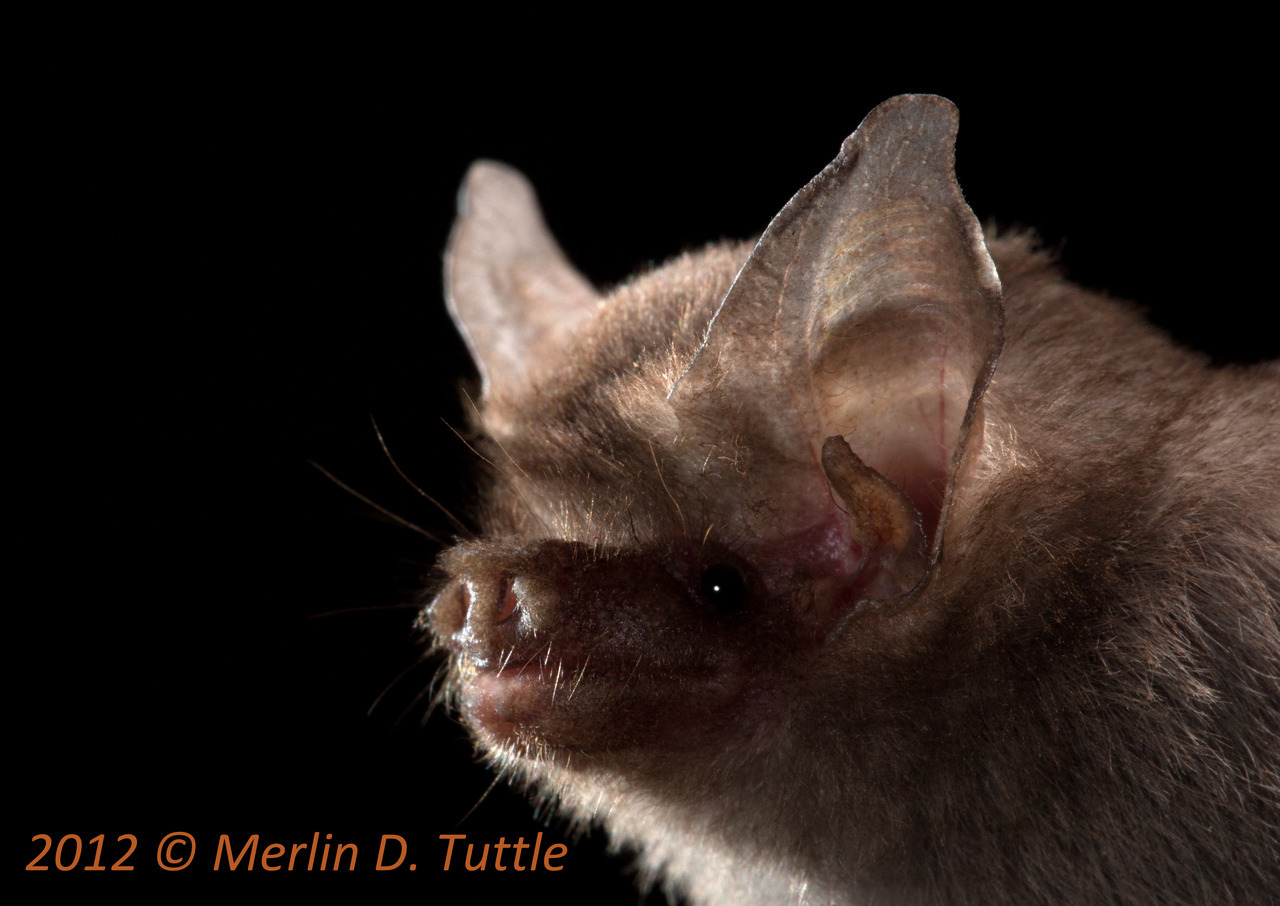
Don't Get Bit — Kitti’s hognosed bat (Craseonycteris...
Kitti's hog-nosed bat ( Craseonycteris thonglongyai ), also known as the bumblebee bat, is a near-threatened species of bat and the only extant member of the family Craseonycteridae. It occurs in western Thailand and southeast Myanmar, where it occupies limestone caves along rivers.

Kitti's HogNosed Bat or Bumblebee Bat Bat Facts and Information
Quick Facts Screenshots Videos View in 3D Battle Pet Team Calculator Links Hog-Nosed Bat This NPC can be found in Highmountain (12). Pet Battle: Highmountain Never say "oink" in its presence. Guides Legion Wild Pets Guide Related Never say "oink" in its presence. Source: Pet Battle: Highmountain. Flying battle pet that can be found in Highmountain.
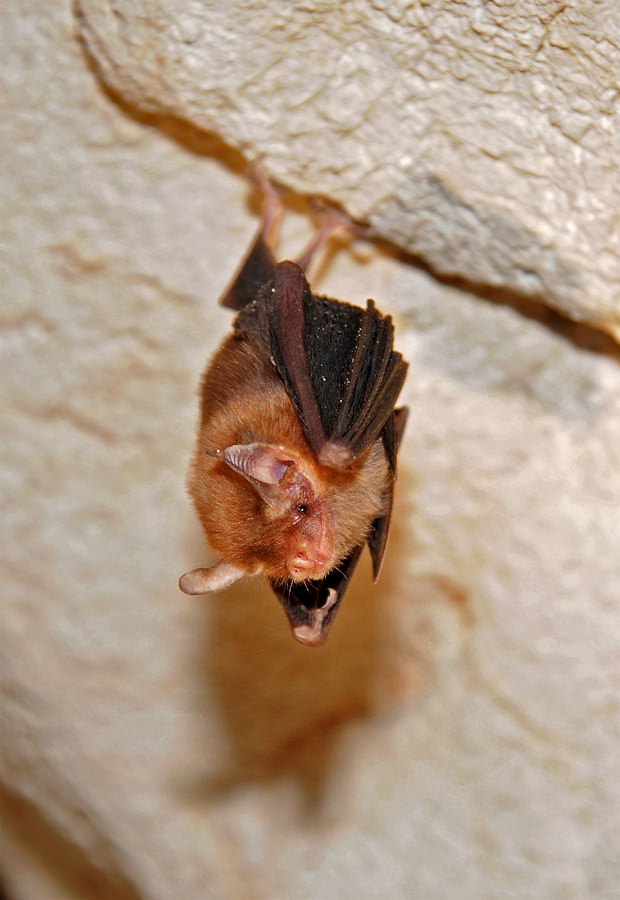
Kitti’s Hognosed bat in a temple cave in Western Thailand
The Kitti's Hog-Nosed Bat has a very unique look to it. The fact that is so tiny also encourages the other name it is frequently called by - Bumblebee Bat. It is the smallest of all the species of bats that are in the world and it is also one of the smallest mammals in the world. It weighs less than ¼ of an ounce and is approximately an.

Kitti’s Hognosed bat in a temple cave in Western Thailand
Kitti's hog-nosed bat is about 29 to 33 mm in length and 2 g in mass. hence the common name of "bumblebee bat". It is the smallest species of bat and may be the world's smallest mammal, depending on how size is defined. The main competitors for the title are small shrews; in particular, the Etruscan shrew may be lighter at 1.2 to 2.7 g but is.

The hognosed bubblebee bat is the smallest mammal on earth and weighs less than a penny, and it
This species was unidentified until 1974. Kitti's hog-nosed bat is considered the word's smallest mammal. The head and body combined measure only 1.1 to 1.3 inches (29 to 34 millimeters), and they weigh about 0.7 to 0.9 ounces (2.0 to 2.6 grams), which is about the weight of a dime. These bats have a wingspan of about 6 inches (15 centimeters.
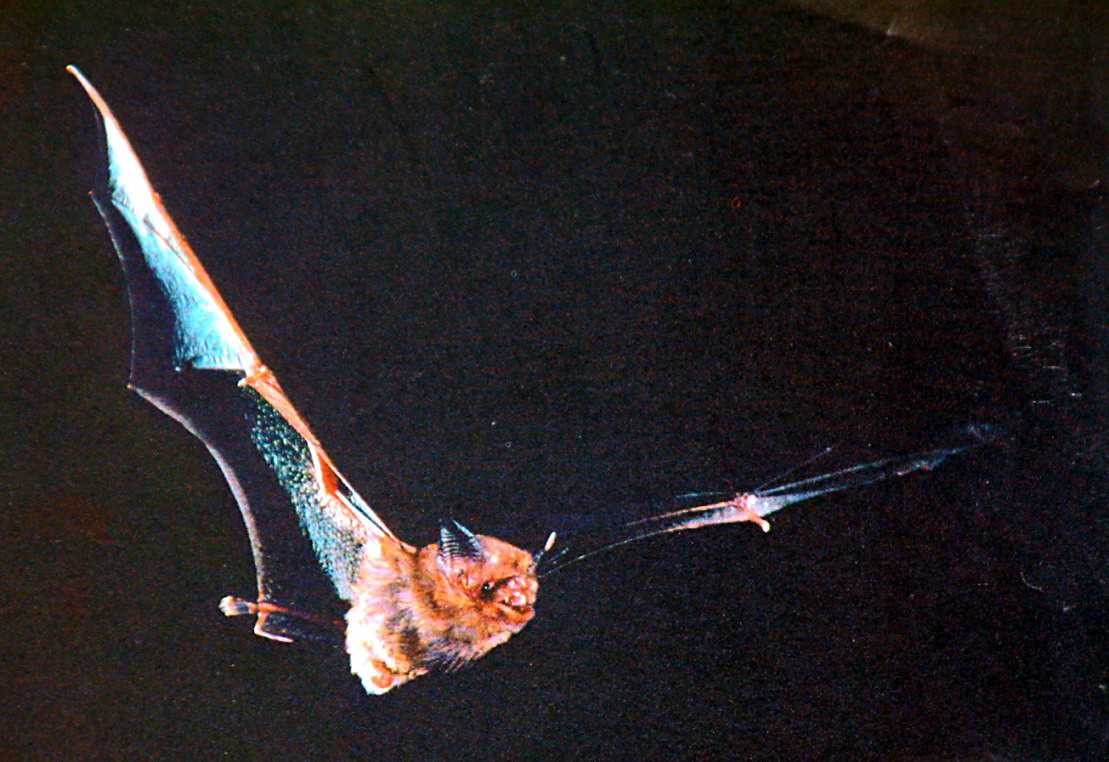
Kitti's Hognosed Bat (Craseonycteris thonglongyai) {!키티돼지코박쥐(벌박쥐)>; Image ONLY
Kitti's hog-nosed bat ( Craseonycteris thonglongyai ), also known as the bumblebee bat, is a near-threatened species of bat and the only extant member of the family Craseonycteridae. It occurs in western Thailand and southeast Myanmar, where it occupies limestone caves along rivers. Show More Cr Crepuscular Ca Carnivore In Insectivores To
:max_bytes(150000):strip_icc()/Craseonycteris_thonglongyai-b5257168f1ae4b2ca70065192a7bf41a.png)
19 of the Cutest Bat Species
Kitti's Hog-nosed Bat. Kitti's Hog nosed bat is also known as the Bumble bee bat and is the smallest known bat species today. Weighing in at about 2 grams, (roughly the weight of a dime) and attaining an adult length of only 30 to 40 mm, it is the only species to be found in this genus and it was thought to be found only in a small part of.

Kitti's hognosed bat / Bumblebee bat YouTube
Craseonycteris thonglongyai bumblebee bat (Also: hog-nosed bat) By Alexandra Burns Geographic Range Habitat Physical Description Reproduction Lifespan/Longevity Behavior Communication and Perception Food Habits Predation Ecosystem Roles Economic Importance for Humans: Positive Economic Importance for Humans: Negative Conservation Status

Kitti's hognosed bat Stock Image C055/9541 Science Photo Library
Family Craseonycteridae (hog-nosed, or bumblebee, bat) 1 tiny species of Thailand, Craseonycteris thonglongyai, perhaps the smallest living mammal. Family Myzopodidae (Old World sucker-footed bat) 1 species in 1 genus ( Myzopoda) endemic to Madagascar. Small, plain muzzle; large ears with peculiar mushroom-shaped lobe. Thumb and Read More

Kitti’s hognosed bat • • Earth Image Gallery
Kitti's hog-nosed bat is so small that it is considered to be the smallest mammal in the world, and for this reason, it is also known as the bumblebee bat. It weighs between 0.7 oz and 0.9 oz (2.0 and 2.6 g). The tail is absent, although there are two caudal vertebrae. There is a large interfemoral membrane but no calcar.